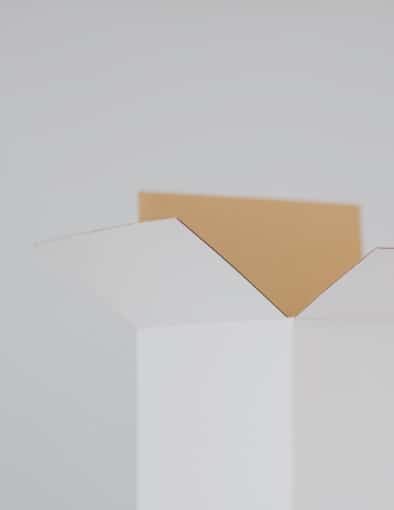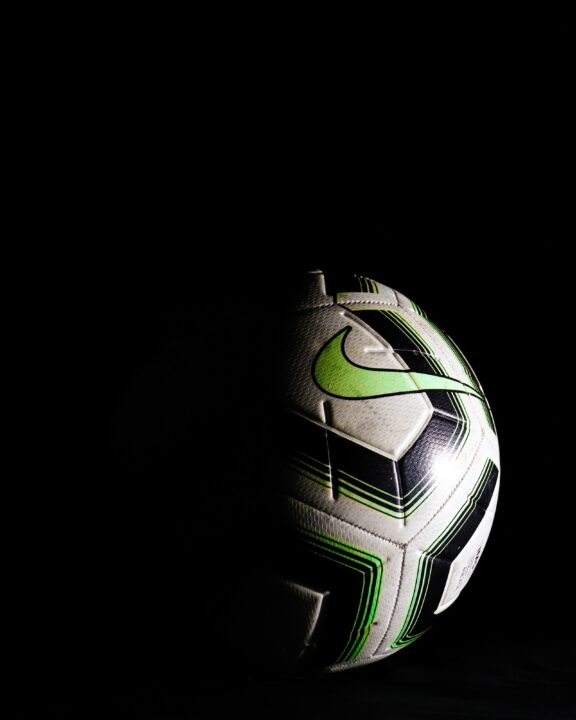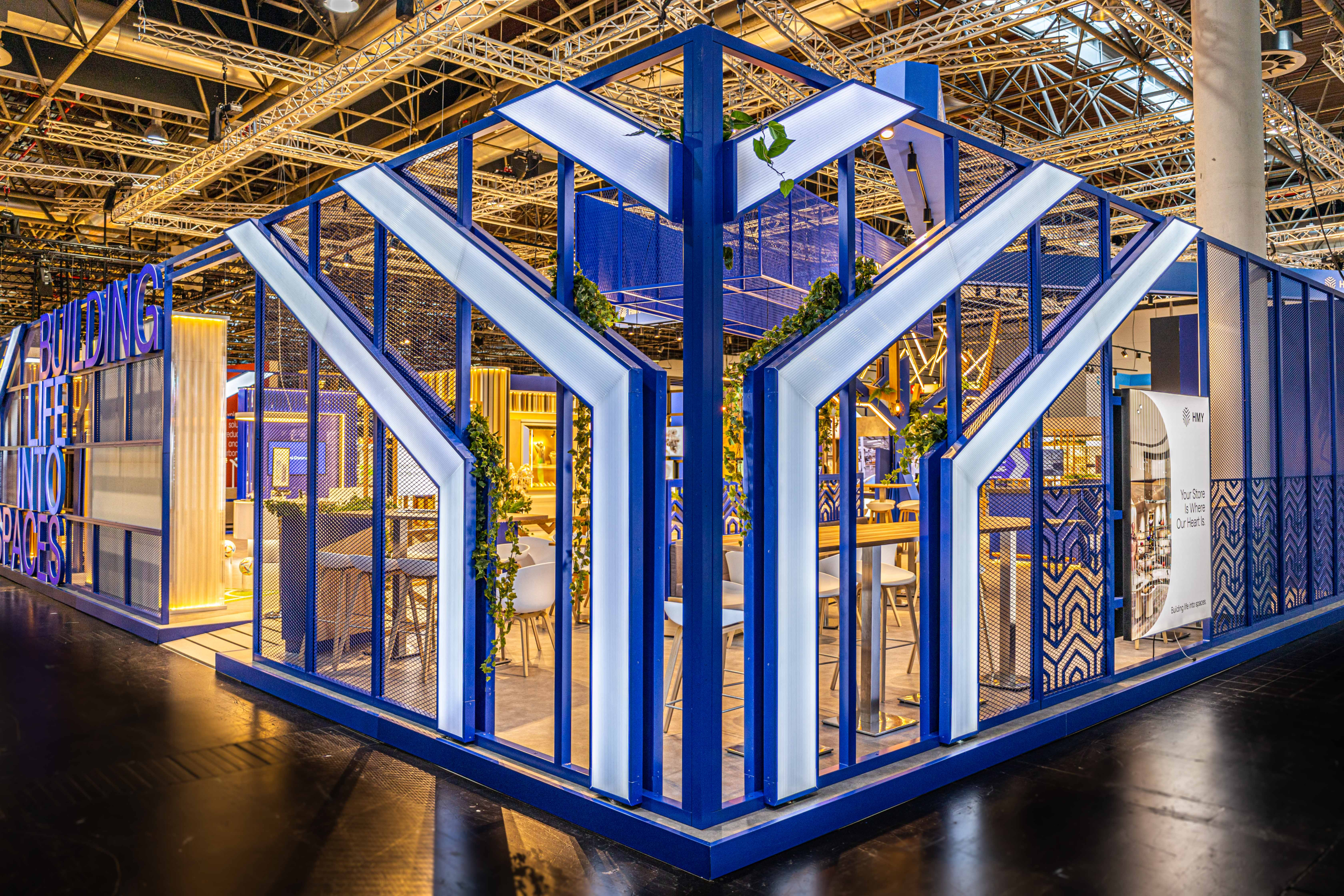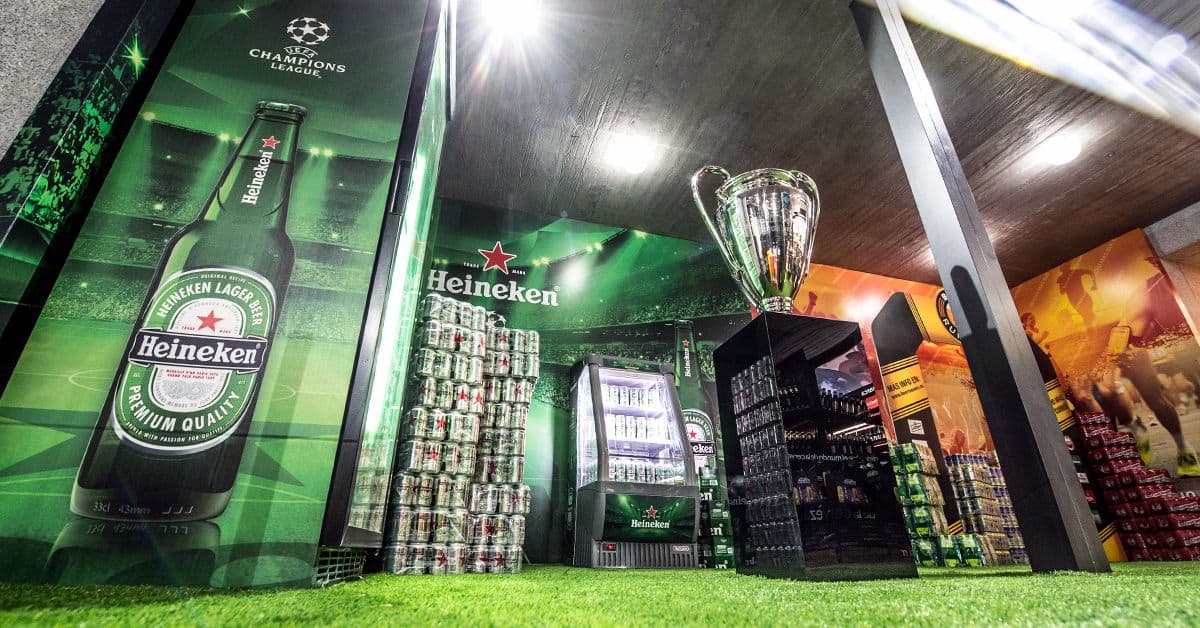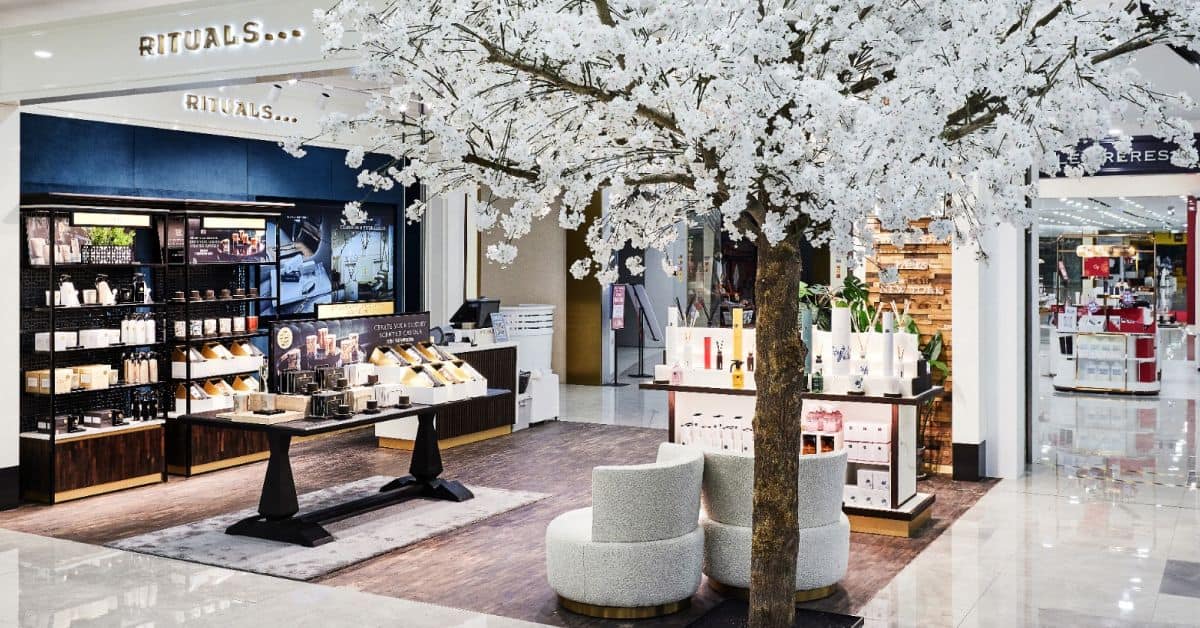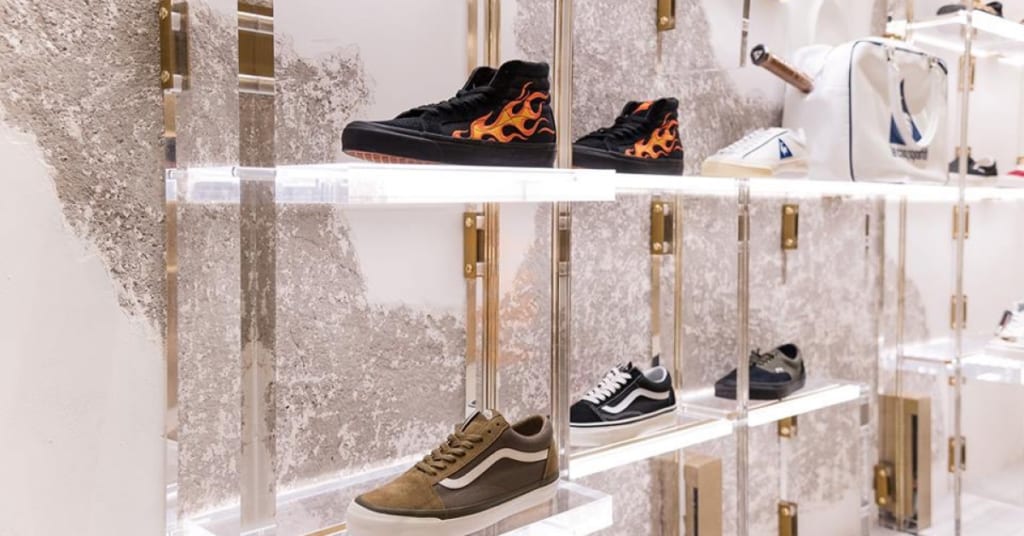5 must-have trends in sports furniture (durable, sustainable and agile)
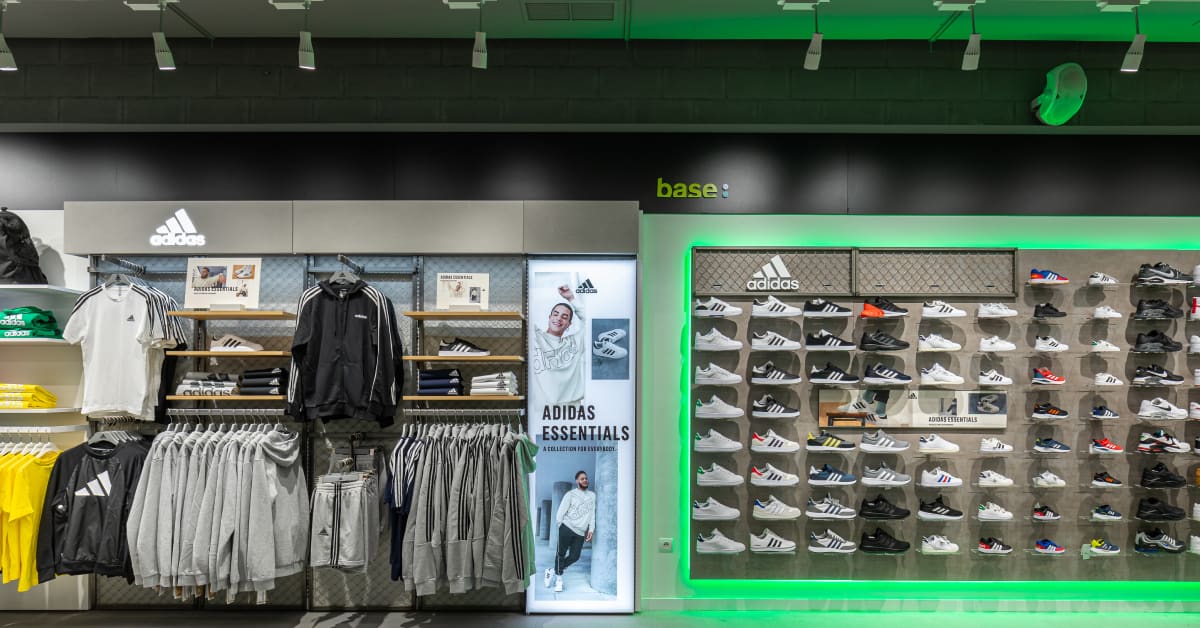
Concept store design is probably one of the most exciting, but also one of the riskiest fields of design

Futbol Emotion
With an extension of more than 1.500 sq meters, this flagship is the largest football store in all Europe
It is a field that needs to combine in equal parts knowledge about consumers and brands, materials and their working processes, graphic arts and technologies, costs and sustainability, etc.
But above all, it must get it right from start to finish for three tremendously important reasons:
Within the fashion industry, sportswear is the sector that undergoes the most changes and trends every year.
Shop design should facilitate such rapid and frequent transitions.
Customisation, dynamism, agility, sustainability and exclusivity are the 5 most important points to consider.
Renew or die: an ever-changing sector
Retail is usually a whirlwind of change, with a rapid succession of seasons and new products that requires transforming shops every few years, or even months.
To the seasonal changes we must add:
The new season’s trends.
Fast fashion.
The sport that is fashionable at the time.
The calendar of launches or “drops” established by brands such as Nike, Puma, Adidas or New Balance.
And then there is the fashion for collaborations between brands from different sectors to create exclusive clothing collections, such as the collaborations between Lego and Adidas or Levi’s with Pokemon.
5 sports sector furniture trends
1. Sportswear = streetwear
“Streetwear” or urban fashion dominates sales worldwide in practically all age groups. This is no doubt due to comfort, the influence of new musical styles, and the rise of a healthier lifestyle with a focus on sport.
Sportswear is increasingly present in all styles, and we can find trainers combined with suits or dresses, even on the main fashion catwalks or glamorous galas.
Therefore, it is normal to see how sportswear shops impose recreations or elements of the cities themselves in their designs: neon lights, cement and metal textures, glass and marble, etc.
In fact, the most premium sportswear shops have nothing to envy to high fashion boutiques in their choice of materials and final appearance.
Let your store tell your story.
Because our heart is where your store is.
Because we are retail thinkers and space makers.
Because we are the global-local partner that you need.



